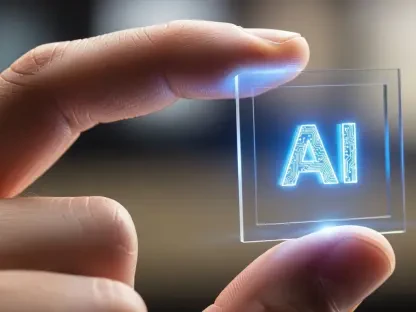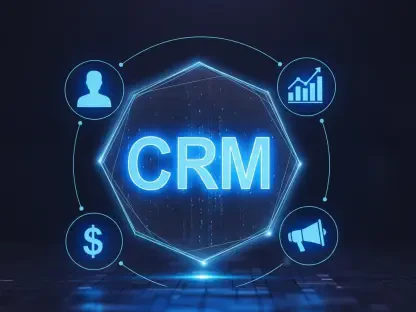As we delve further into 2025, the world of event marketing experiences a profound transformation driven by the rise of personalized merchandise technology. Once dominated by generic branded items, today’s event marketing landscape is seeing a shift toward tailored, high-quality merchandise. This change is a response to evolving consumer expectations for more meaningful interactions and experiences. Consequently, personalized merchandise technology is not only reshaping event marketing but also aligning with wider cultural and societal shifts toward sustainability and conscious consumption.
Introduction
Personalized merchandise technology signifies a substantial innovation in both marketing and retail sectors. This technology has emerged to fulfill consumer desires for personalized experiences, fueled by advanced algorithm-driven solutions and the influence of social media. As demand for unique and exclusive items rises, personalized merchandise technology provides the necessary tools to create memorable interactions between brands and consumers. This technology brings a significant shift in how brands connect with their audiences and underscores a broader movement toward individualized consumer experiences.
Core Features and Components
On-Demand Production
On-demand production stands out as a vital component of personalized merchandise technology. It allows brands to produce items as needed instead of relying on pre-manufactured stock, therefore reducing both waste and logistical challenges. Leveraging advancements in software and hardware, such as digital printing solutions, ensures high-quality customization without the constraints of traditional production methods. This innovation aligns with trends in sustainability, offering a more environmentally conscious approach to event marketing.
User-Centric Design Tools
At the heart of personalized merchandise technology lies user-centric design tools that facilitate easy customization for consumers. These tools utilize cutting-edge UX design and real-time interactive interfaces, enabling users to play an active role in designing their merchandise. The ability to customize products during events makes them more desirable, fostering a personal connection and emotional attachment to the brand. These comprehensive design solutions set a new standard for consumer engagement in the retail experience.
Recent Developments and Emerging Trends
Recent advancements in personalized merchandise technology reveal a growing emphasis on ESG goals, reflecting an industry-wide shift toward more responsible marketing. Brands increasingly adopt eco-friendly production methods and source materials responsibly to align with consumer values. The overarching trend toward minimalism and conscious consumption further influences the adoption of tailored interactivity in merchandise. Such changes indicate a repositioning of event marketing dynamics, focusing more on the depth and emotional resonance of consumer interactions.
Real-World Applications
Personalized merchandise technology’s applications span various industries, enhancing the event marketing strategies of companies seeking a competitive edge. Whether used in corporate events, festivals, or trade shows, its implementation leads to engaging and memorable experiences. Some organizations have leveraged this technology for unique use cases, such as allowing attendees to design their own merchandise in real time, effectively turning a freebie into a prized possession that extends brand reach and visibility far beyond the event.
Challenges and Limitations
Despite its numerous advantages, personalized merchandise technology faces several challenges. Technical hurdles, such as ensuring flawless integration between software and hardware, remain a concern. Similarly, regulatory compliance regarding data privacy and handling of consumer information could hinder its wider adoption. Market obstacles may also arise as companies seek to balance immediate costs with long-term benefits. However, ongoing efforts in research and development aim to address these limitations, offering optimized solutions for future enhancements.
Future Outlook
The trajectory of personalized merchandise technology points toward substantial future growth, with potential breakthroughs in AI-driven solutions and even more interactive design interfaces. As it evolves, its long-term impact on the marketing industry could be transformative, establishing new standards for consumer engagement. Businesses that integrate these personalized experiences into their strategies not only enhance brand loyalty but also stay ahead of the curve in a rapidly changing market, ultimately leading to significant competitive advantages.
Conclusion
In summary, personalized merchandise technology has presented an effective means for brands to cultivate deeper connections with their audiences and resonate with broader cultural trends. Throughout its journey, it has displayed immense potential for future advancements, and its role in contemporary marketing will likely expand even further. As companies continue to innovate and consumers drive demand for personalization, this technology could redefine interactions between brands and consumers, urging businesses to integrate these approaches into their marketing strategies for long-term success.









